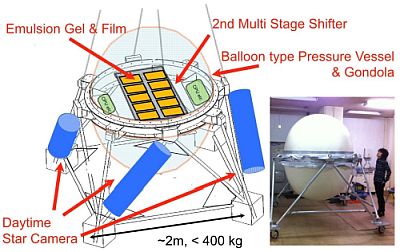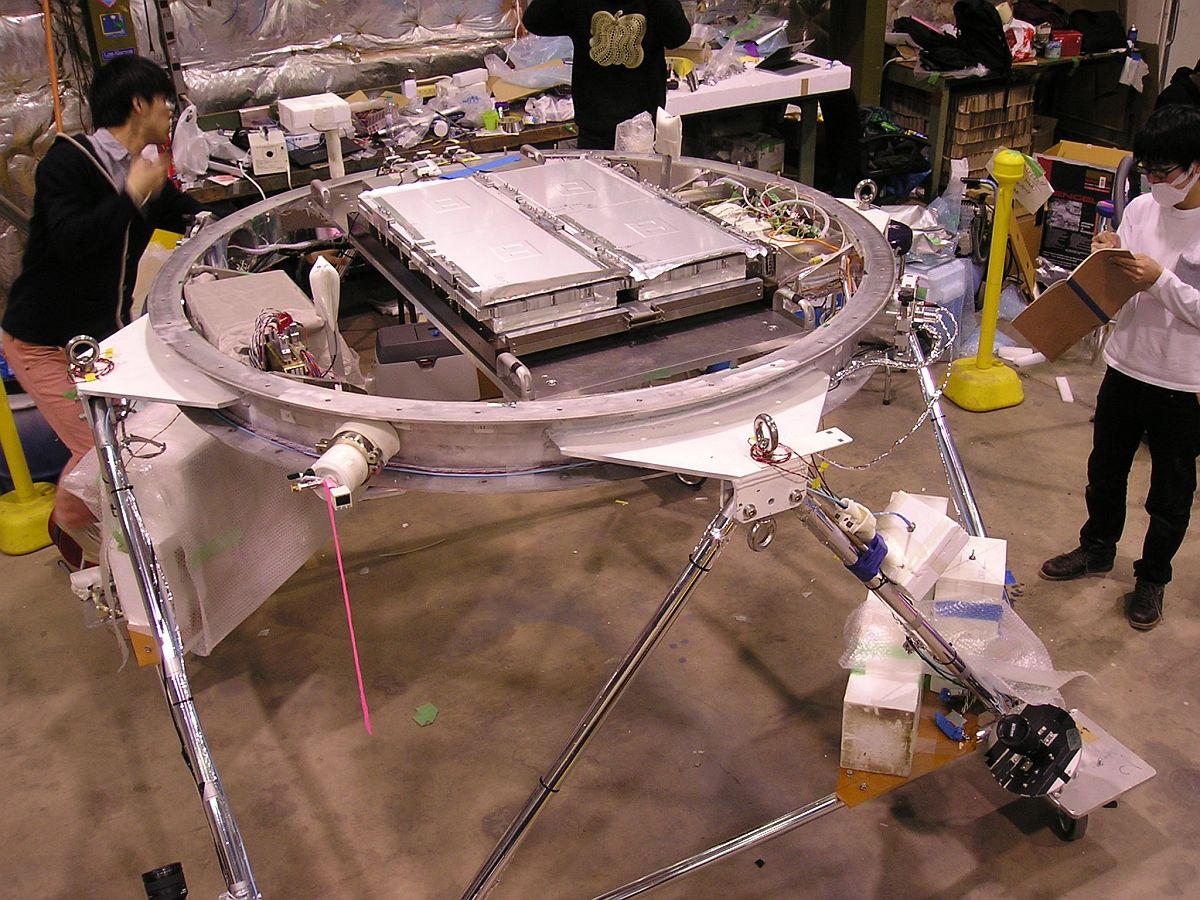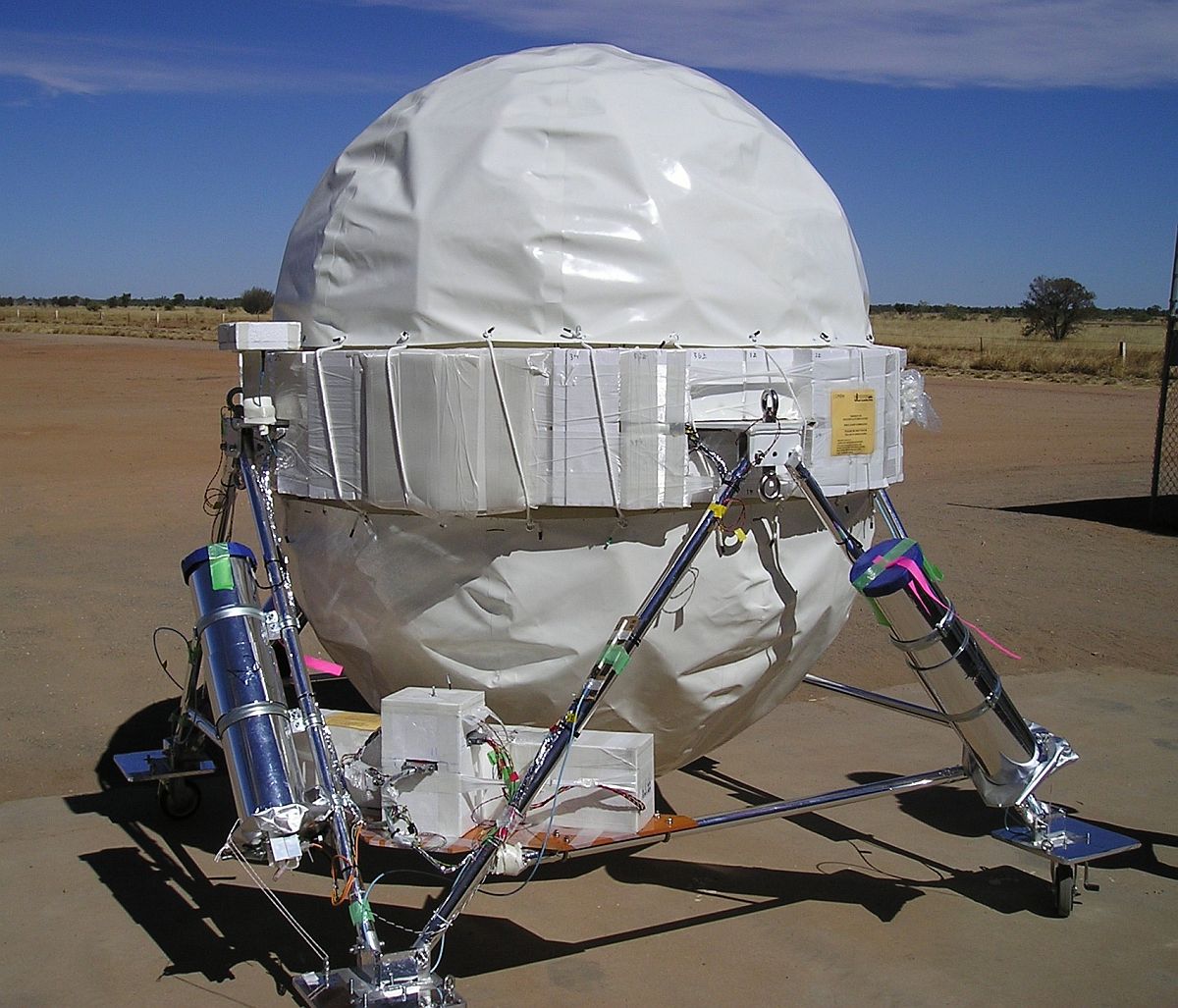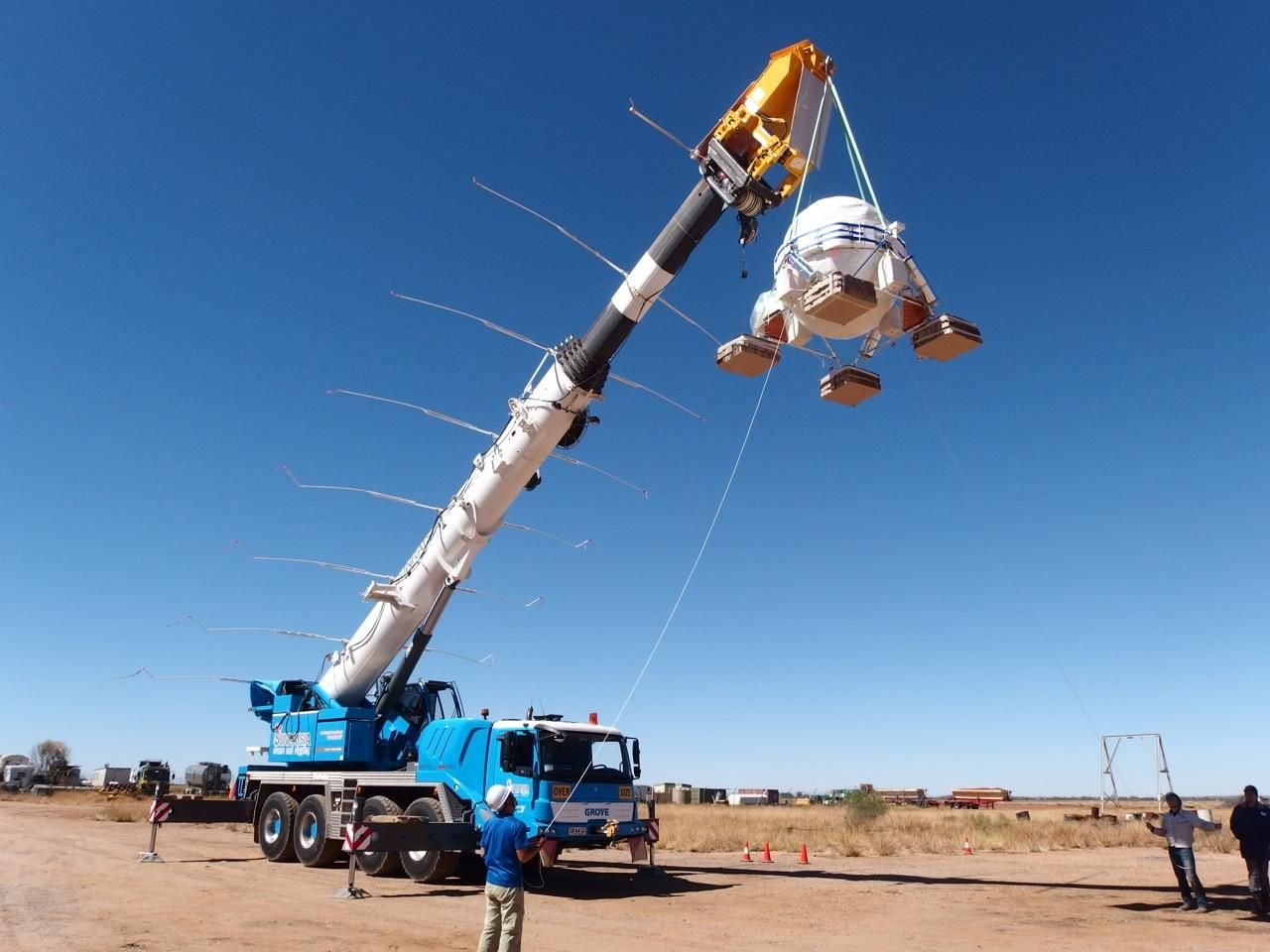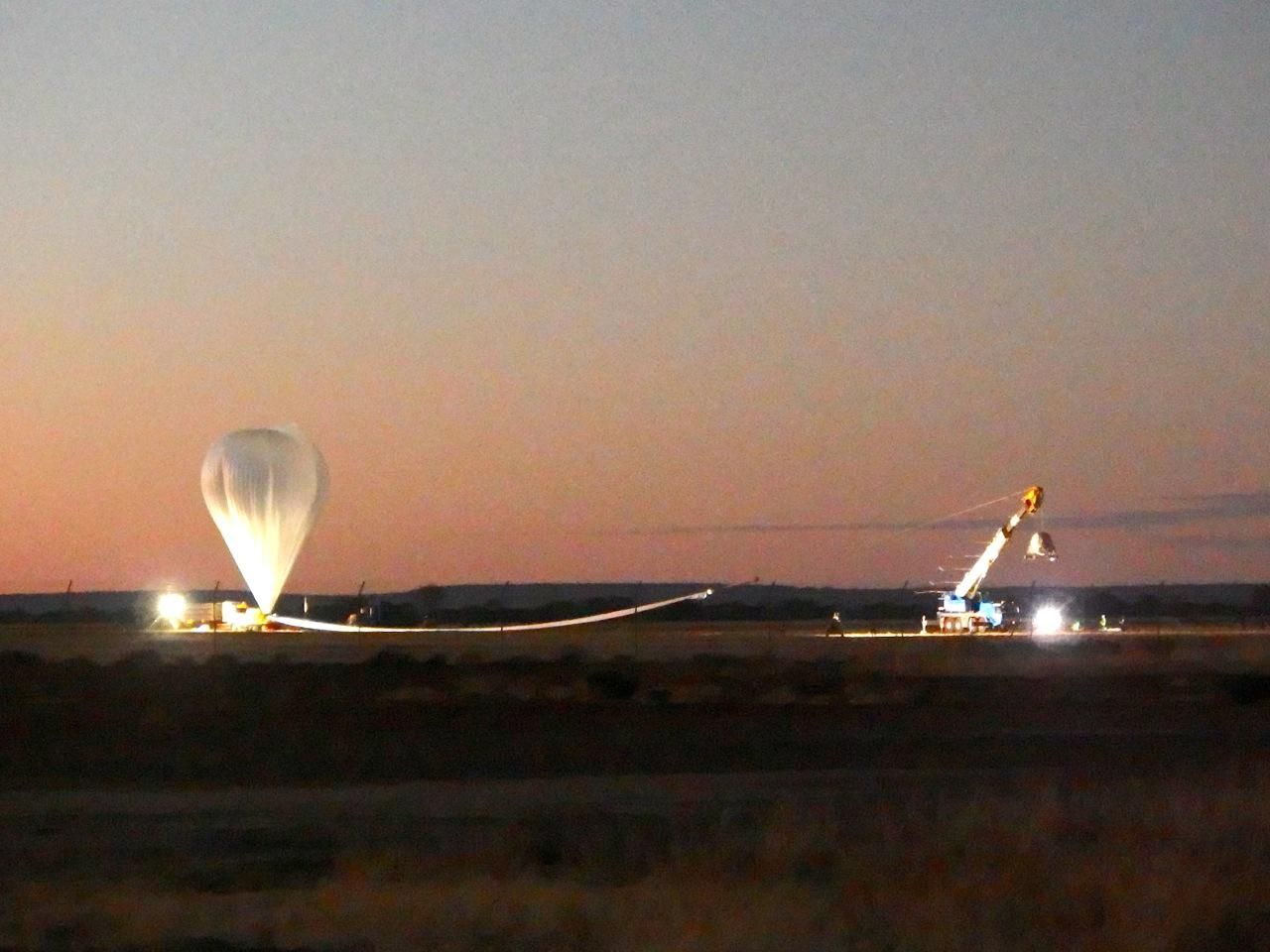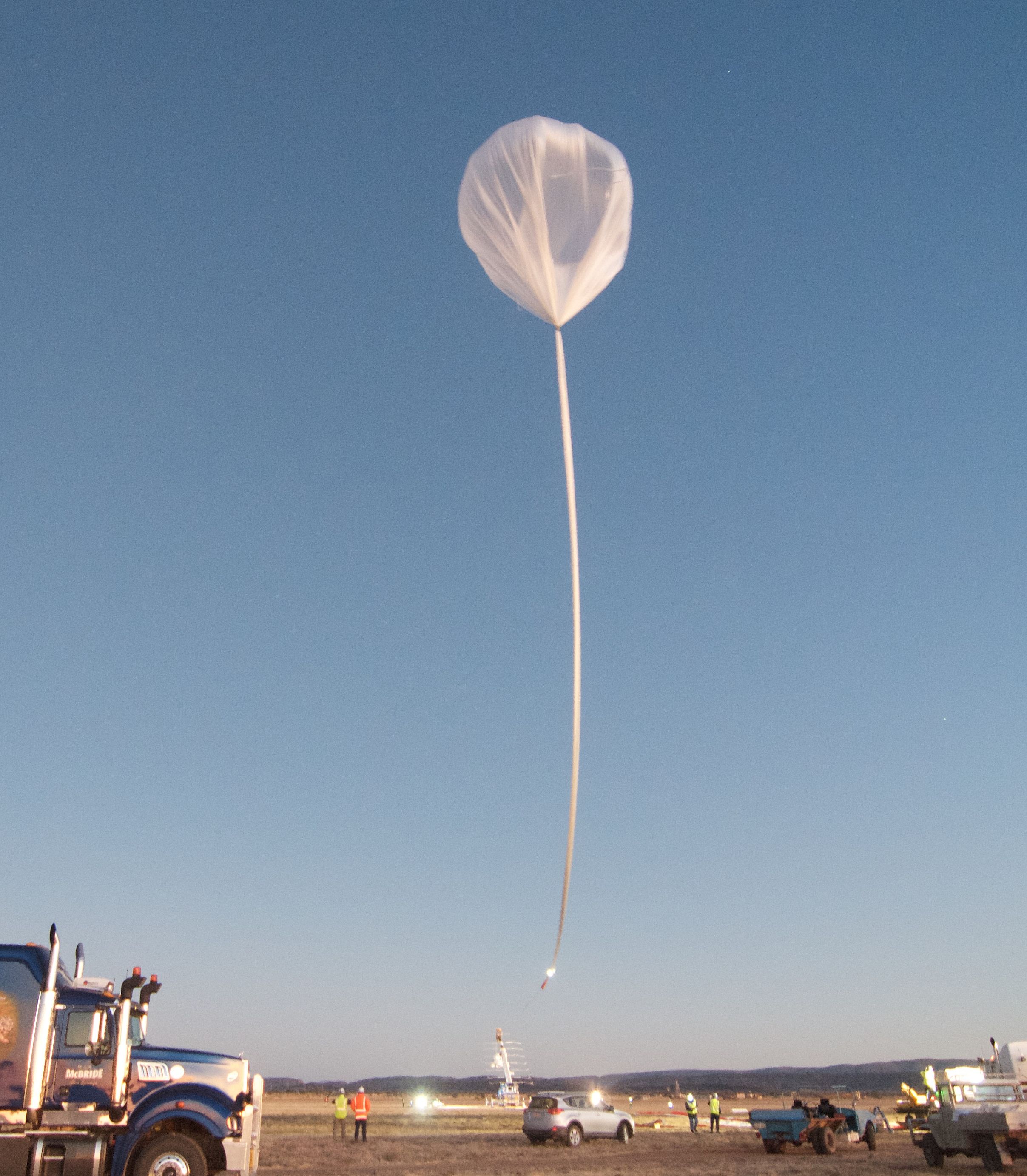Purpose of the flight and payload description
GRAINE is the acronym for Gamma-Ray Astro-Imager with Nuclear Emulsion, is a high-resolution gamma-ray telescope for the observation of cosmic gamma-rays onboard long duration balloon missions. The instruments observes particles in the energy range between 10 MeV and 100 GeV, with emulsion plates that combines high precision, sensibility to the polarization and large-aperture-area. It was developed by an extensive collaboration that includes Kobe University, Nagoya University, Okayama University of science, Aichi University of Education and Gifu University and counts with the fundamental support of the balloon program of the Japan Aerospace Exploration Agency (JAXA).
Basically, the instrument is composed by a converter, a timestamper, a calorimeter and an attitude monitor. The converter consists of an stack of emulsion films (with metal foils) where the beginning of electron pairs are detected. The timestamper is composed by a multi-stage shifter which gives a time resolution below a second to events at the converter. The calorimeter consists of a stack of emulsion films with metal plates that measures high energy particles either by measuring the energy of the electro-magnetic shower or the momentum of electron pair with multiple coulomb scattering. Particles of low energies are measured at the converter by measuring the momentum of electron pair with multiple coulomb scattering.
The attitude monitor consists of a star camera located outside the gondola. By combining the attitude monitor information and the event timing, the gamma-ray direction relative to the celestial sphere could be determined.
At left we can see a basic scheme of the instrument in the version flown in 2015. In this mission was introduced for the first time the pressure vessel gondola, which was designed following the balloon-style vessel, which was also employed in the Advanced Thin Ionization Calorimeter (ATIC) balloon experiments series. The flight was performed using a middle-scale telescope with an aperture area of 0.38 m2 for the demonstration of flight performance.
Details of the balloon flight
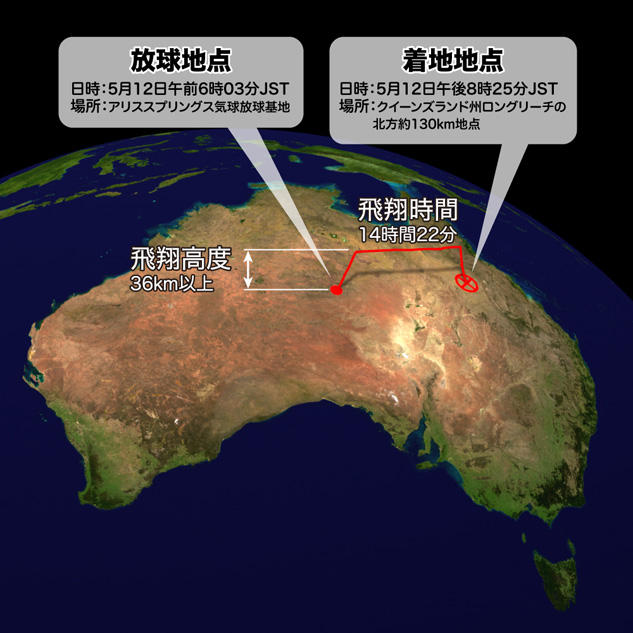
Balloon launched on: 5/12/2015 at 6:03 JST
Launch site: Australian Balloon Launching Station, Alice Springs, Australia
Balloon launched by: Japan Aerospace Exploration Agency (JAXA)
Balloon manufacturer/size/composition: Zero Pressure Balloon model B300 300.000 m3
Flight identification number: B15-01
End of flight (L for landing time, W for last contact, otherwise termination time): 5/13/2015 at 20:25 JST
Balloon flight duration (F: time at float only, otherwise total flight time in d:days / h:hours or m:minutes - ): 15 h
Landing site: 130 km N of Longreach, Queensland, Australia
Payload weight: 497 kgs
The balloon was launched from the Australian Balloon facility in Alice Springs on May 12, 2015 at 06:33 Australian Central Standard Time (ACST). Level flight at 37.2 km altitude started at 08:50 and the balloon headed east. Observations ended at 20:00 and the gondola was released at 20:22. The gondola landed by parachute about 130 km north of Longreach at 20:55. The gondola was successfully recovered from landing point to Longreach the next day. The total flight duration in this experiment was 14.4 h, with 11.5 h of level flight (8:50-20:22) at 36.0 ~ 37.4 km.
The emulsion films were shipped from Longreach to Sydney on May 18, 2015 by ground and were kept at low temperatures using a cooling medium exchange. Post-flight emulsion film processing was done at the emulsion film handling facility at the University of Sydney.
There were some partial defects in the attitude monitoring system during observation, and the original aim of the experiment, i.e., the first detection of a celestial gamma-ray source, was not achieved.
External references
- GRAINE project home page Kobe University website
- An observational experiment exploring cosmic mysteries using gamma rays Kobe University website
- Cosmic ray nuclei detection in the balloon borne nuclear emulsion gamma ray telescope flight in Australia (GRAINE 2015) EPJ Web of Conferences 145, 06003 (2017)
- Development of new-type nuclear emulsion for a balloon-borne emulsion gamma-ray telescope experiment Journal of Instrumentation, Volume 10, Issue 12, P12018
- First demonstration of gamma-ray imaging using balloon-borne emulsion telescope Astrophysics - Instrumentation and Methods for Astrophysics
- Giant science balloon lands in western Queensland The Sydnew Morning Herald, May 13th, 2015
- GRAINE 2015, a balloon-borne emulsion gamma-ray telescope experiment in Australia Progress of Theoretical and Experimental Physics, Volume 2016, Issue 7
- GRAINE balloon experiment in 2015. Precise observations of cosmic gamma rays by a high-resolution emulsion telescope EPJ Web of Conferences 145, 06002 (2017)
- GRAINE project, prospects for scientific balloon-borne experiments Adv. Space Res.(2017)
12913If you consider this website interesting or useful, you can help me to keep it up and running with a small donation to cover the operational costs. Just the equivalent of the price of a cup of coffee helps a lot.

